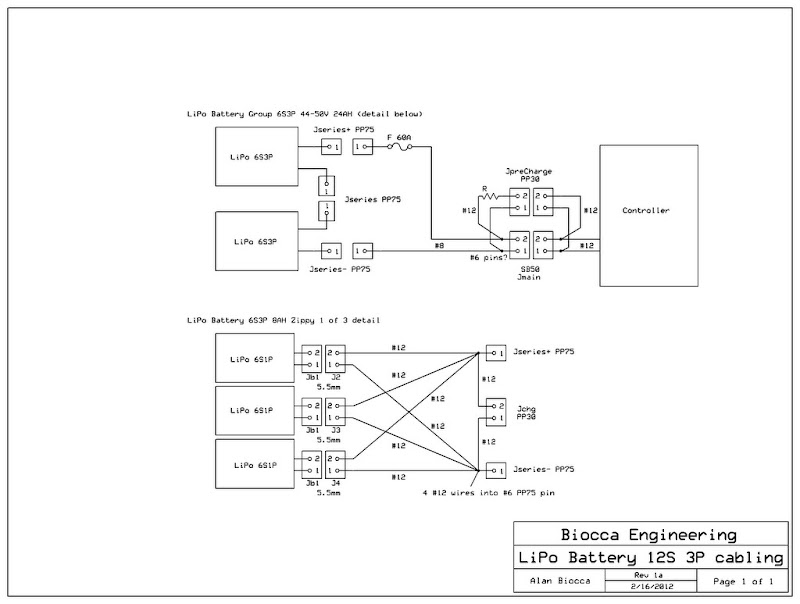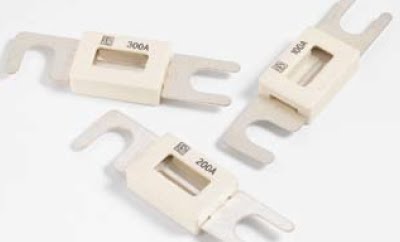grindz145
1 MW
Wow only 30 bucks, thats really freaking good. Lipo really deserves more than a soft case
grindz145 said:Wow only 30 bucks, thats really freaking good. Lipo really deserves more than a soft case


Alan B said:Looked up the similar test run made with the 9C 9x7 on the Mountain bike, and it used 26 watt hours per mile.
This compares to 17 watt hours per mile with the BMC V4C on the 'bent.
Amazing.
I suspect my average speed with the mountain bike was higher than the ebikeE, but the efficiency difference is too large to be accounted for by minor speed difference.
This geared hubmotor on this bike is quite efficient!
Alan B said:Interesting. I have a couple other sets of numbers. The 9C 2807 has been on two mountain bikes, the 2810 took its place on the newer bike. Rider is about 200 pounds in one case, 150 in the other
